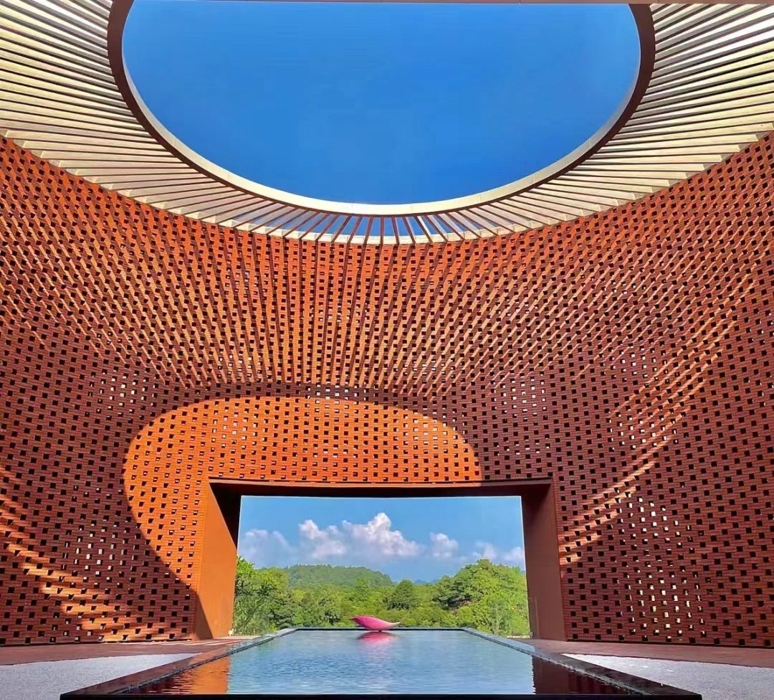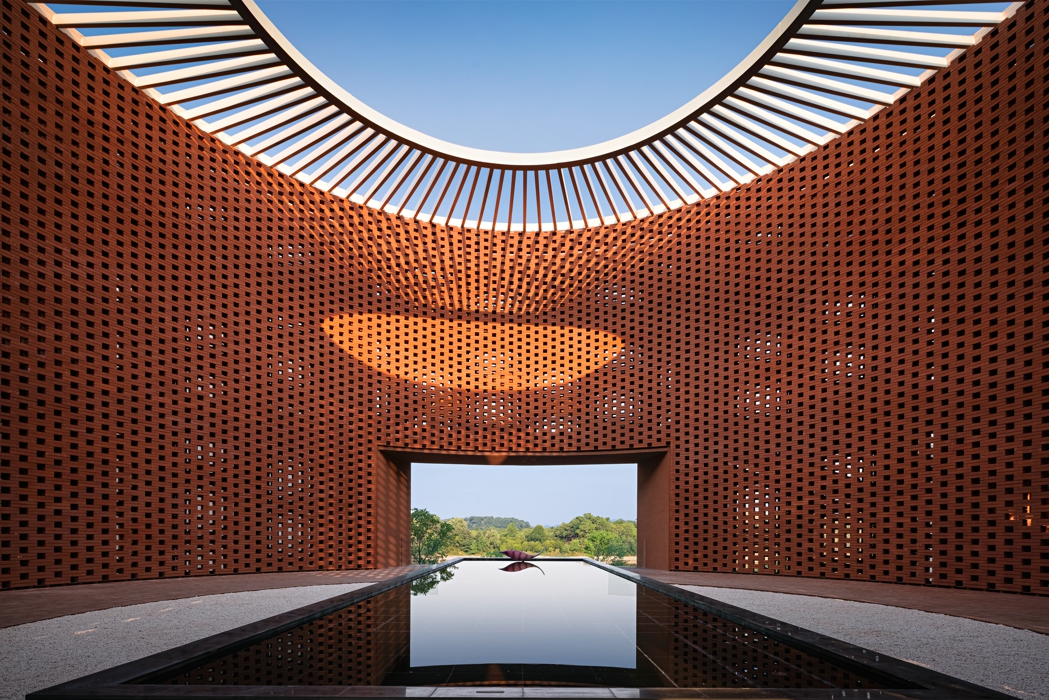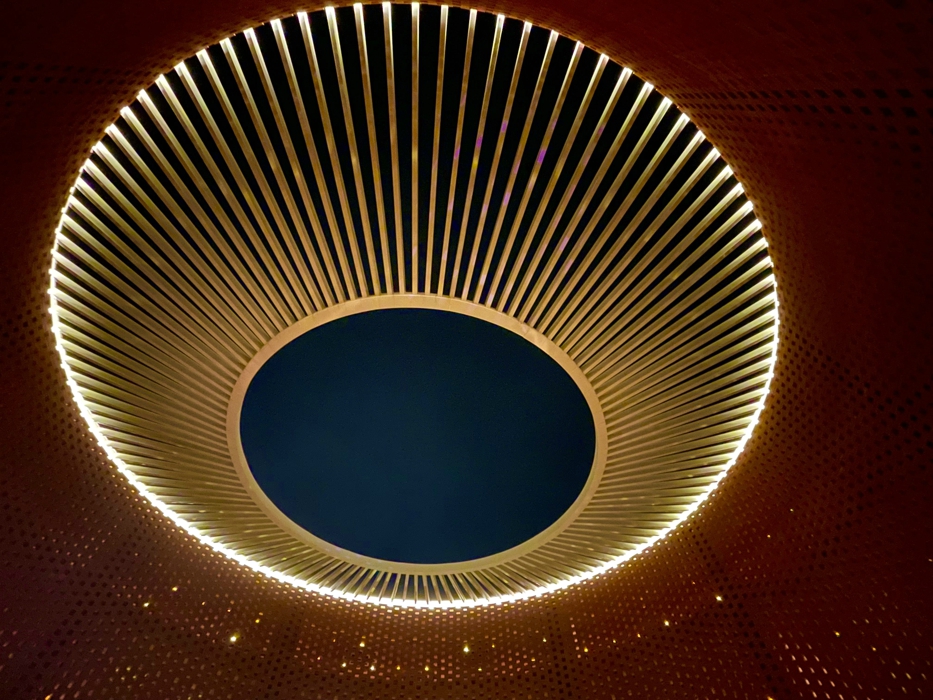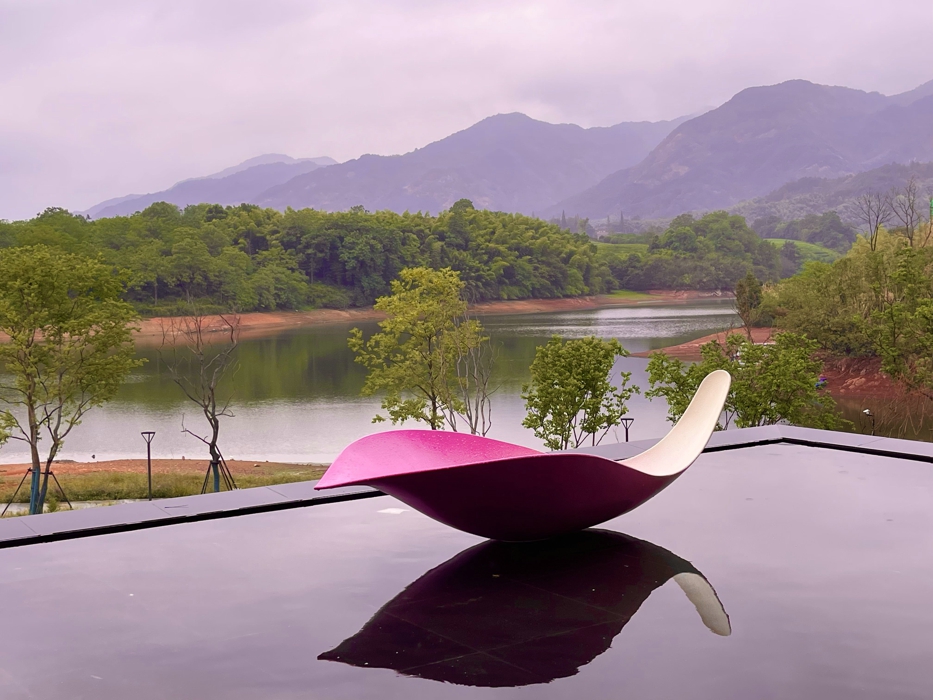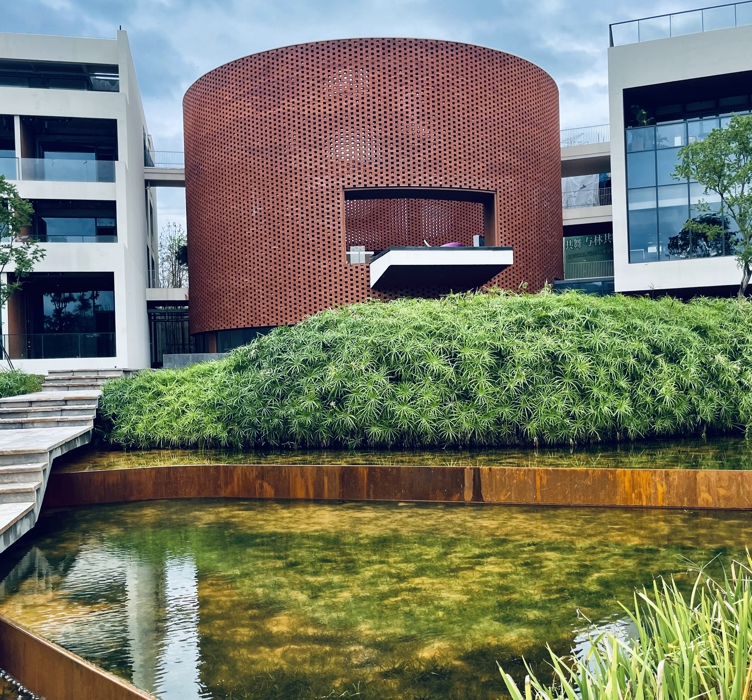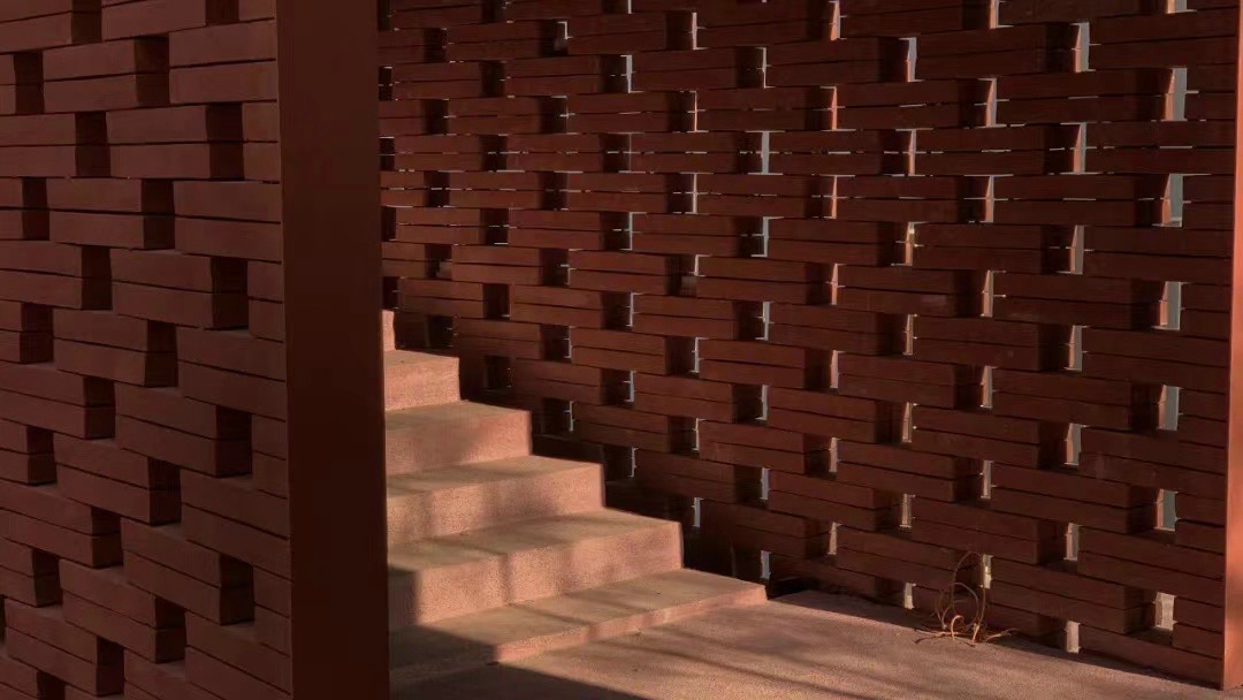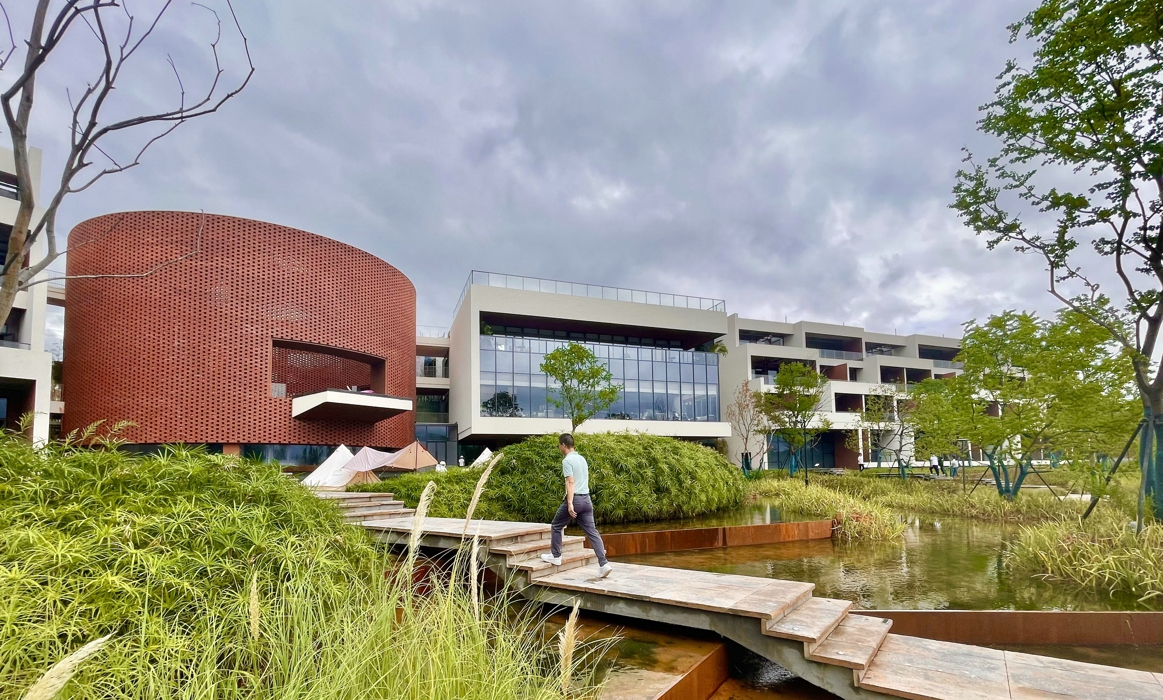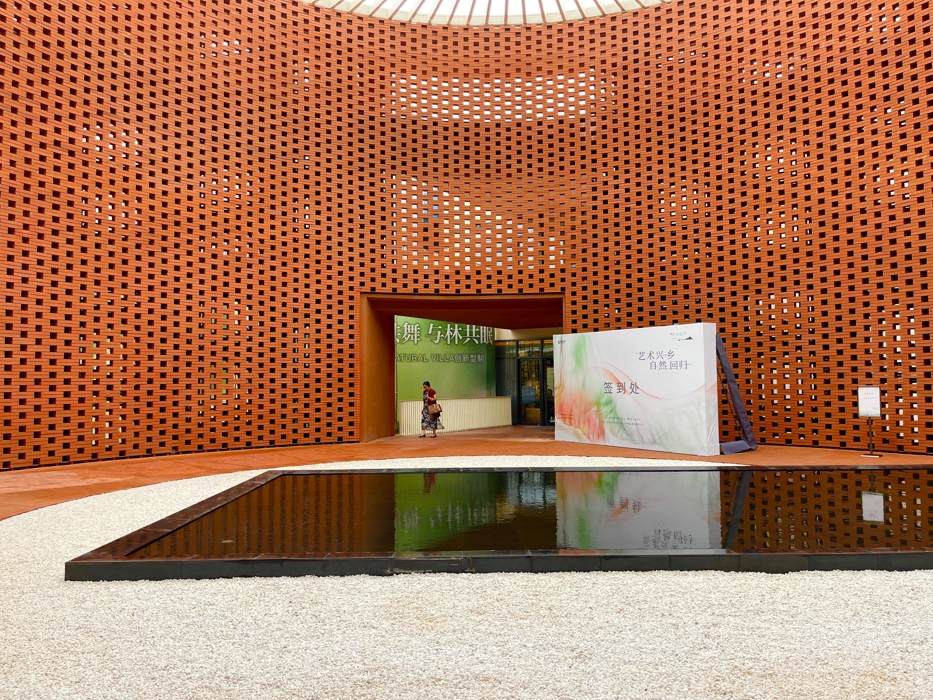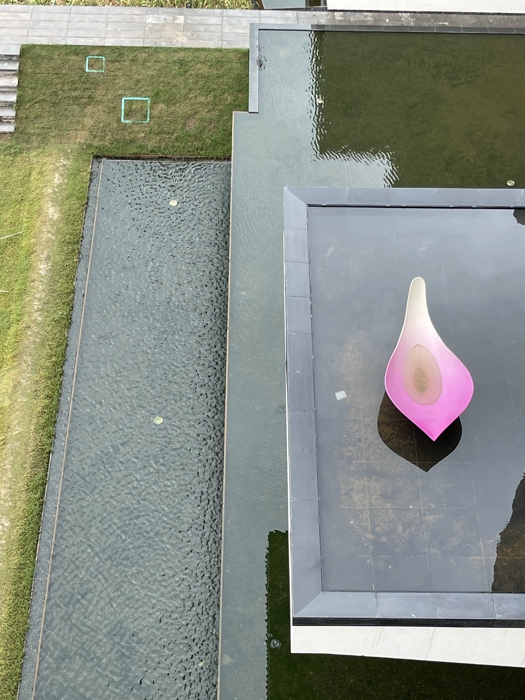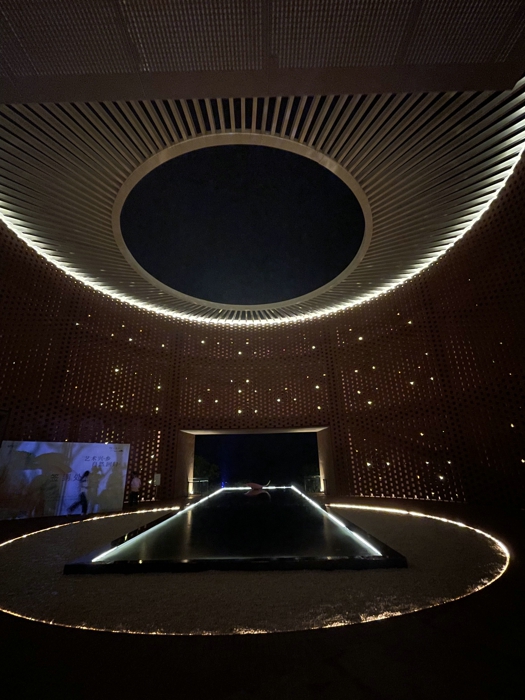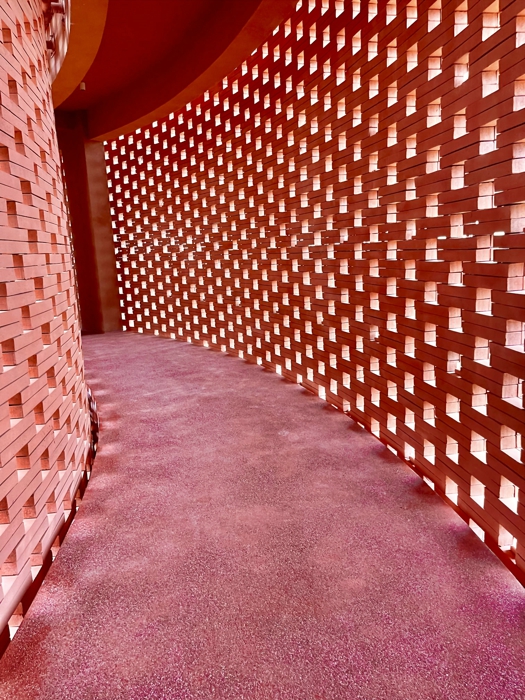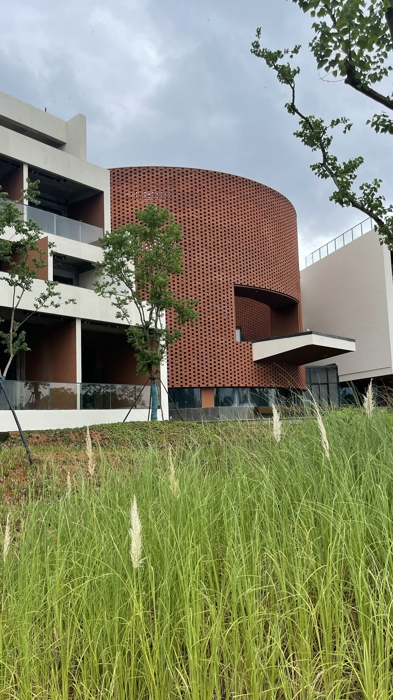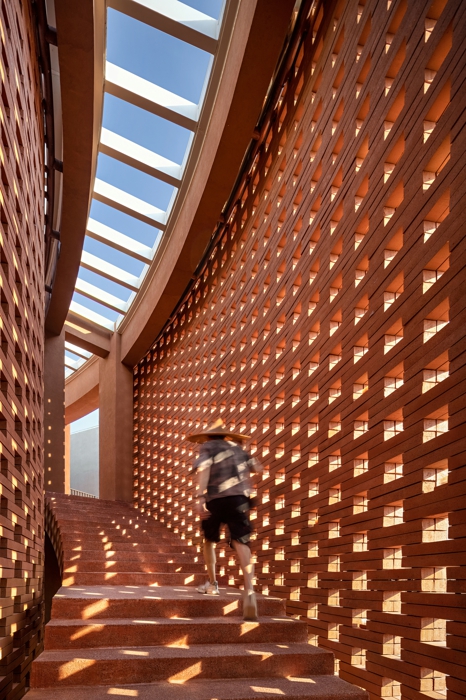Jinhua Wangshan·Lotus Core Hall
Project Information
- Project Location:
- China Jinhua,Zhejiang
- Design Time:
- 2021
- Build Time:
- 2022
- Client:
- Lanxi Municipal Engineering Management Office
Project Profile
1. Project Statement
The project landscape is based on the beautiful surroundings and large space, making full use of abundant natural resources. Following the design principles of minimal intervention, camouflage, and safety, the landscape blends and hides within nature, aiming to protect the existing environment to the greatest extent. With a focus on people, it reflects delicacy within the natural charm, creating a garden atmosphere reminiscent of the idyllic Taohuayuan, where "scenery is within the forest, and the garden is within the mountains." The goal is to create a natural, ecological, and high-quality experiential resort setting.
2. Objective and Challenge
Based on the project positioning and characteristics, the project's cultural context and IP themes are explored, guided by the design philosophy of "wild nature, humanistic atmosphere, poetic sentiments, and exquisite details." Various thematic contents are organized and interconnected. Leveraging the rich natural resources and project positioning, comprehensive design considerations are applied, including the user base and operational model, to create a wild luxury and high-end resort environment.
3. Design Strategy
Strategy 1: The designer draws inspiration from natural landscapes and traces the cultural heritage of Jinhua over thousands of years, establishing a spiritual connection between heaven, earth, mountains, and people. This creates resonance between human and art, and a symbiotic relationship between architecture and nature. Exiting the corridor leads to a circular courtyard with an exotic circular wall built with red bricks.
Strategy 2: The focal point within the circular water pool at the hotel entrance is a lotus core sculpture created by Mr. Wu Weishan, the curator of the China Art Museum. The design is minimalist yet profound in its Zen-inspired essence.
Strategy 3: Make full use of the rich outdoor natural landscape, integrate indoor and outdoor spaces, consider framing effects, and highlight different levels of landscape, including foreground, middle ground, and background.
4. Conclusion
The sense of the scene establishes a connection with the past, and the displayed items visually communicate with visitors, evoking resonance. Combining classical traditions and contemporary techniques, the project revives the essence of "poetic oriental" living, ultimately constructing a contemporary poetic aesthetic museum.
